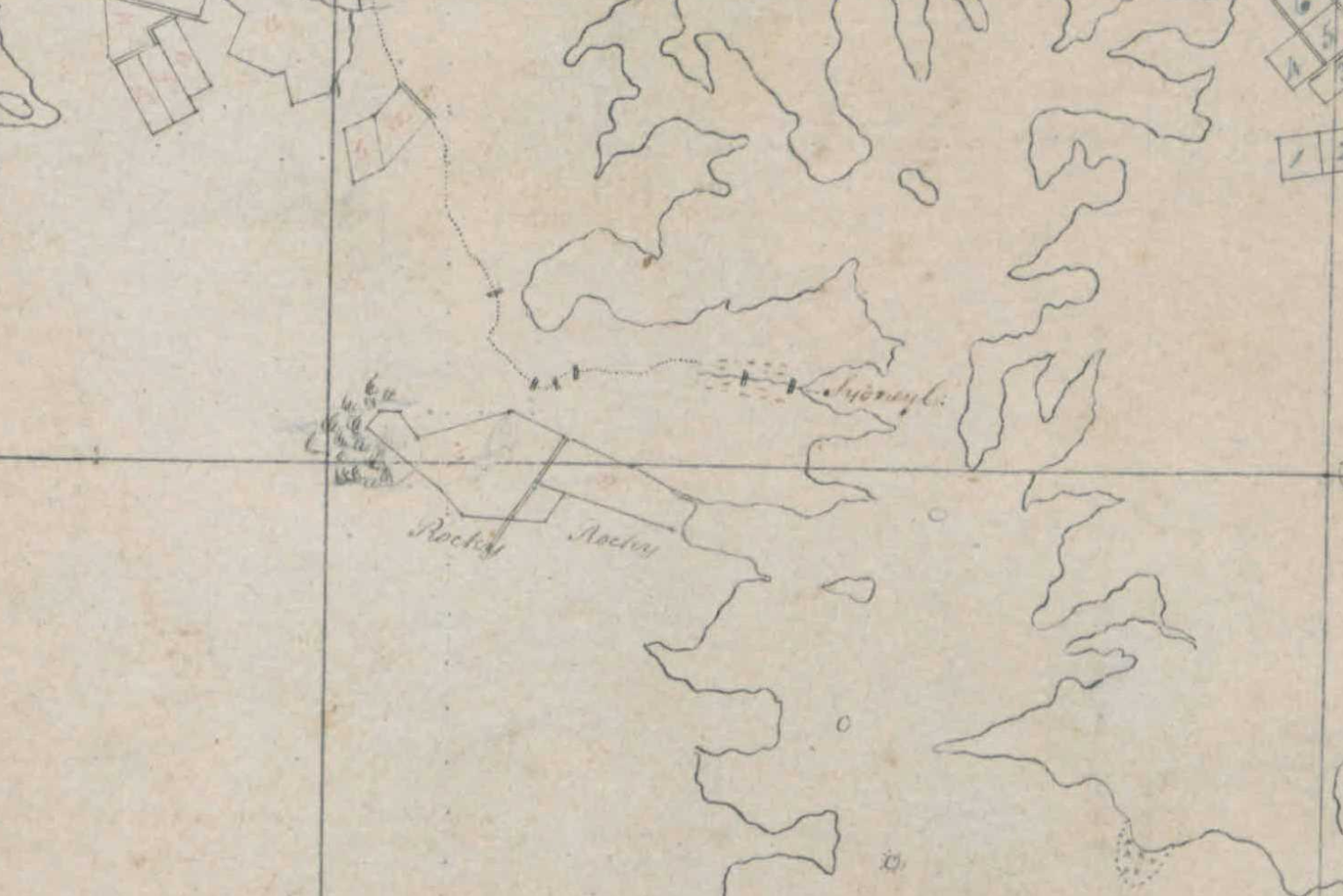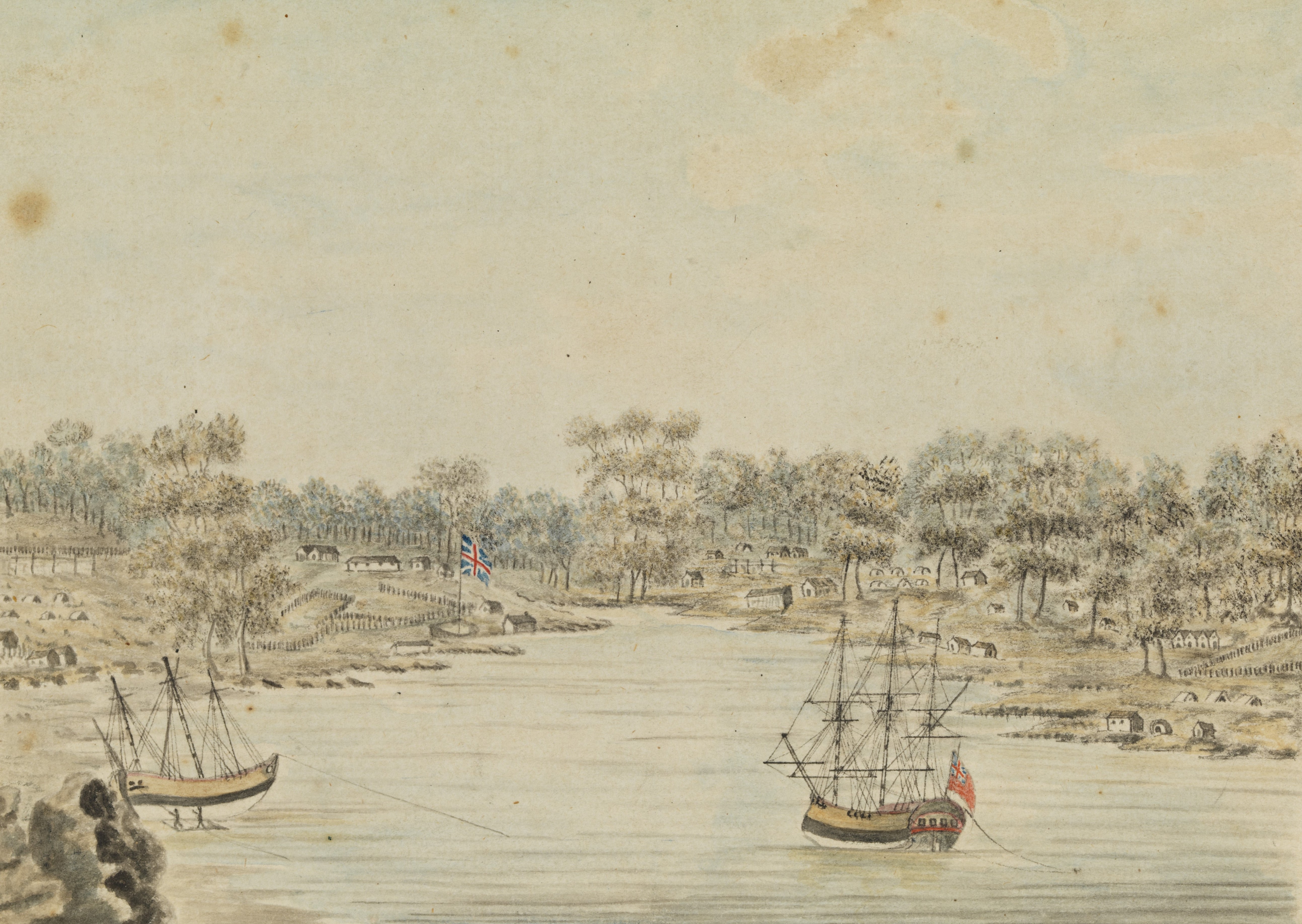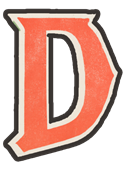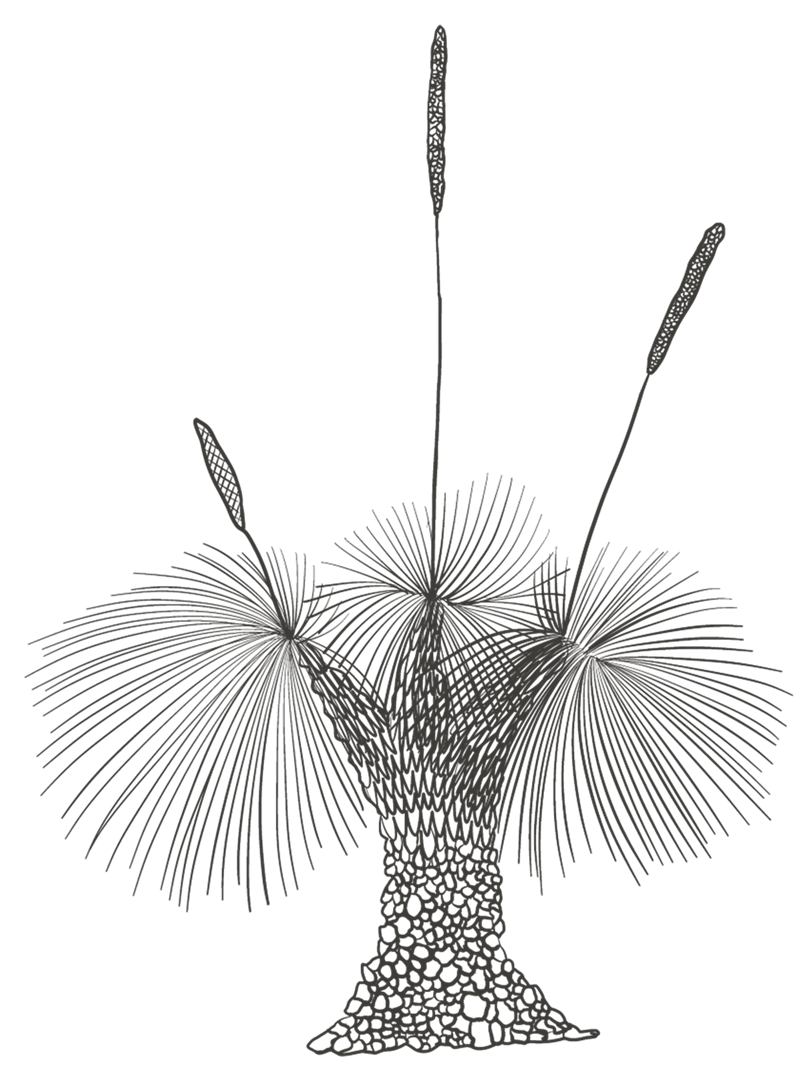The berewalgal laid anchor in a small cove a short distance from Kogerah. This cove, which according to Governor Arthur Phillip had the ‘best spring of water’, was known to the Aboriginal people as Warrane. The strangers named it Sydney Cove.1

Plan showing the settlement at Warrane (Sydney Cove) and 'Rocky' area around Woolloomooloo, 1790
‘Plan of the Allotments of Ground granted from the Crown in New South Wales’, Surveyed by Augustus Alt, 1790, The National Archives, UK [CO 700/NewSouthWales2]
The berewalgal cut down the trees and cleared the bush. They erected temporary tents and constructed ‘huts of split soft cabbage trees, woven wattles and clay’ in a place known as Tallawoladah and nicknamed by convicts for its difficult terrain – The Rocks.2
While the woodland forest had provided Aboriginal people with a variety of natural resources essential to their survival, Governor Phillip did not share that appreciation believing the large gum trees were ‘useless’ as building material. The ‘spring of water’ which flowed into the cove eventually became known as the Tank Stream.3

Sydney Cove, Port Jackson, 1788
By William Bradley, State Library of NSW, Safe 1/14 opp p 84
Portions of Gadigal Country were gradually carved up, cleared and fenced off, and gardens and crops planted to commence a steady supply of grain and hardy vegetables for the fledgling colony. In front of the Governor’s House they established flowering plants collected enroute from Rio de Janeiro and the Cape of Good Hope, including fruit trees of oranges, pears, figs, apples and grape vines.
One area, known to Aboriginal people as Wahganmuggalee, was a ceremonial ground. On that ground, the berewalgal sowed wheat, barley and other grains, and unimaginatively named it Farm Cove.4
The public stock, consisting of one bull, four cows, one bull-calf, one stallion, three mares, and three colts…were landed on the East point of the cove, where they remained until they had cropped what little pasturage it afforded; and were then removed to a spot at the head of the adjoining cove [Wahganmuggalee], that was cleared for a small farm….5
Read the next part of the story.
Governor Phillip to Lord Sydney, 15 May 1788, in Alexander Britton, ed., Historical Records of New South Wales (Sydney, NSW: Government Printer, 1892), 122. ↩︎
Grace Karskens, The Colony: A History of Early Sydney (Sydney, NSW: Allen and Unwin, 2010), 74. ↩︎
Governor Phillip to Lord Sydney, 15 May 1788, Historical Records of New South Wales, 128. Paul Irish and Tamika Goward, ‘Tank Stream Sydney’, Barani: Sydney’s Aboriginal History, City of Sydney, https://www.sydneybarani.com.au/sites/the-tank-stream/ ↩︎
Governor Phillip to Lord Sydney, 28 September 1788, Historical Records of New South Wales, 189. Jacqui Newling, ‘Phillip’s Table: Food in the early Sydney settlement’, Dictionary of Sydney, 2018, http://dictionaryofsydney.org/entry/phillips_table_food_in_the_early_sydney_settlement. ↩︎
David Collins, An account of the English colony in New South Wales: with remarks on the dispositions, customs, manners, &c. of the native inhabitants of that country. To which are added, some particulars of New Zealand… (London, UK: Printed for T Cadell Jun. and W Davies, 1798-1802), Vol I, 7 (State Library of NSW, Q79/60). ↩︎

